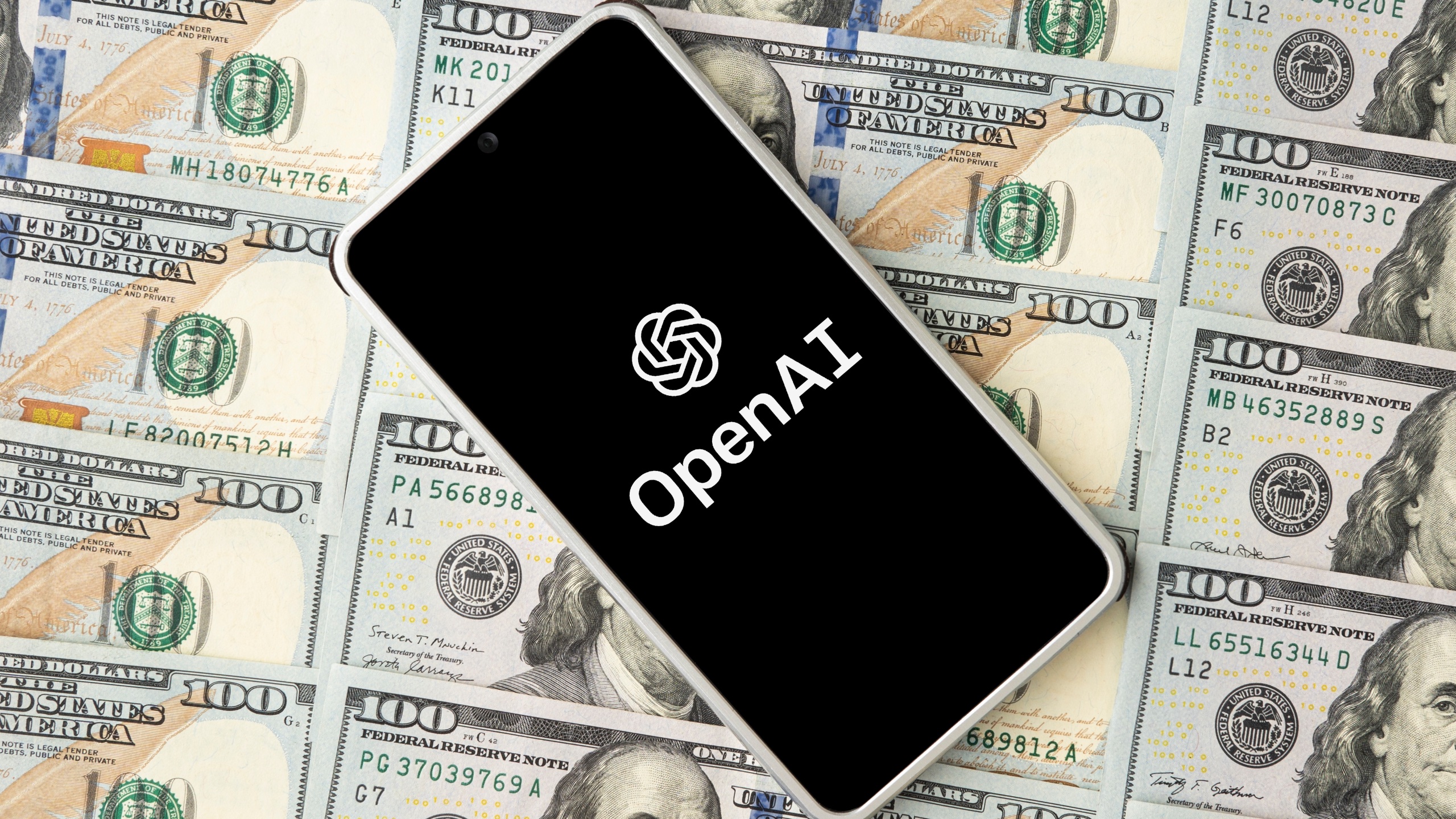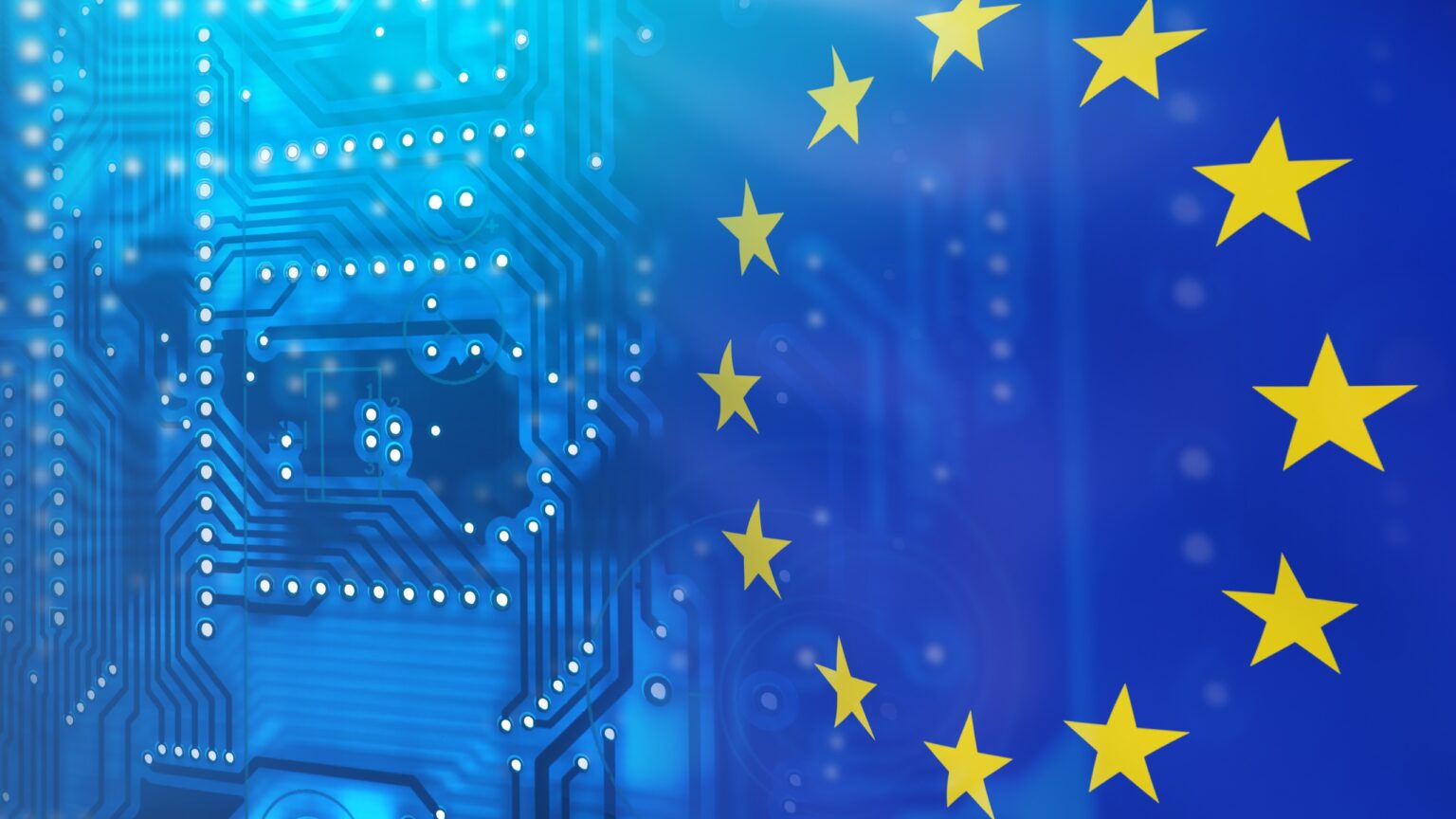As the landscape of artificial intelligence (AI) continues to expand, the European Union (EU) stands at an intersection of opportunity and responsibility.
With dominant AI models like OpenAI’s ChatGPT-4 making waves, there’s a pressing need for guidelines. As these discussions gain momentum, the larger vision seems to tread a middle path toward regulating AI without stifling innovation.
Inside the AI Act: A Framework for the Future
The proposed AI Act drives these contemplations and provides a comprehensive regulatory framework for AI within the EU. Hence, the analogy with the EU’s Digital Services Act becomes apparent. Digital platforms, particularly the major ones, faced a call for greater transparency and responsibility in the latter.
EU AI act: first regulation on artificial intelligence
The use of artificial intelligence in the EU will be regulated by the AI Act, the world’s first comprehensive AI law. Find out how it will protect you ⬇️https://t.co/CQqAi7S8lR pic.twitter.com/GzVfIne7tH— Europarl UK (@EPinUK) June 14, 2023
Delving into the intricacies of the AI Act, its cornerstone lies in fostering a transparent, human-centric AI environment. The endgame isn’t merely about imposing limits. Instead, it’s about setting the stage for AI’s evolution, rooted in responsibility.
Fundamental tenets of the Act suggest that outputs from generative AI models, like OpenAI’s ChatGPT and Google’s Bard, must be identified as AI-generated. Moreover, it recommends a cautious approach towards endorsing AI services with potentially adverse implications. Emotion detection, social score systems, and recognizing faces without context are some examples of this.
However, it is still being determined if this Act will become law since the most important players, the member states, have the final say. Moreover, their consensus or disagreements will shape the EU’s AI landscape.

OpenAI’s Perspective and Global Trends
Voices within the AI ecosystem resonate with the need for a regulatory compass. Sam Altman, the CEO of OpenAI, champions government intervention. Yet, in the same breath, he underscores the risks of stifling innovation through overregulation. His concerns reflect a more significant industry sentiment with the need to balance innovation and oversight.
Furthermore, the EU’s approach to AI regulation doesn’t exist in a vacuum. It contrasts with global shifts, especially in Asia. China, for instance, has rolled out its AI directives. Subsequently, the Chinese AI arena has seen the emergence of sophisticated models with parameters exceeding a billion, suggesting a renewed direction in AI development.
The Broader Implications
Stricter AI regulations point towards a larger vision held by the EU. A future where AI seamlessly integrates into societal fabrics without overshadowing human rights or autonomy. It’s about ensuring that as AI systems become more intrinsic to our lives, they do so responsibly.
Moreover, the focus is on more than just large AI entities. A measured approach ensures startups, often the cradle of innovation, can handle the burden. This dual focus indicates an understanding of the broader AI ecosystem, where giants and fledglings play crucial roles.
The public in North America and the EU (not the rest of the world) is already scared enough about AI, even without mentioning the specter of existential risk.
As you know, the opinion of the *vast* majority of AI scientists and engineers (me included) is that the whole debate… https://t.co/ARIzem7BV3
— Yann LeCun (@ylecun) October 9, 2023
Additionally, AI’s ethical considerations are paramount. With AI’s potential to influence diverse domains, from public discourse to personal privacy, regulations have become essential. This step includes transparency in data handling, algorithmic biases, and content generation.
The European Union’s stride towards a more regulated AI ecosystem epitomizes more than rule-setting; it encapsulates a forward-looking vision. A world where AI, in all its potential, serves as an ally to humanity, not a threat. As member states evaluate the AI Act’s nuances, the global community keenly observes. The outcome isn’t merely about rules but also about setting a trajectory for AI’s responsible evolution in the coming decades.









 and then
and then